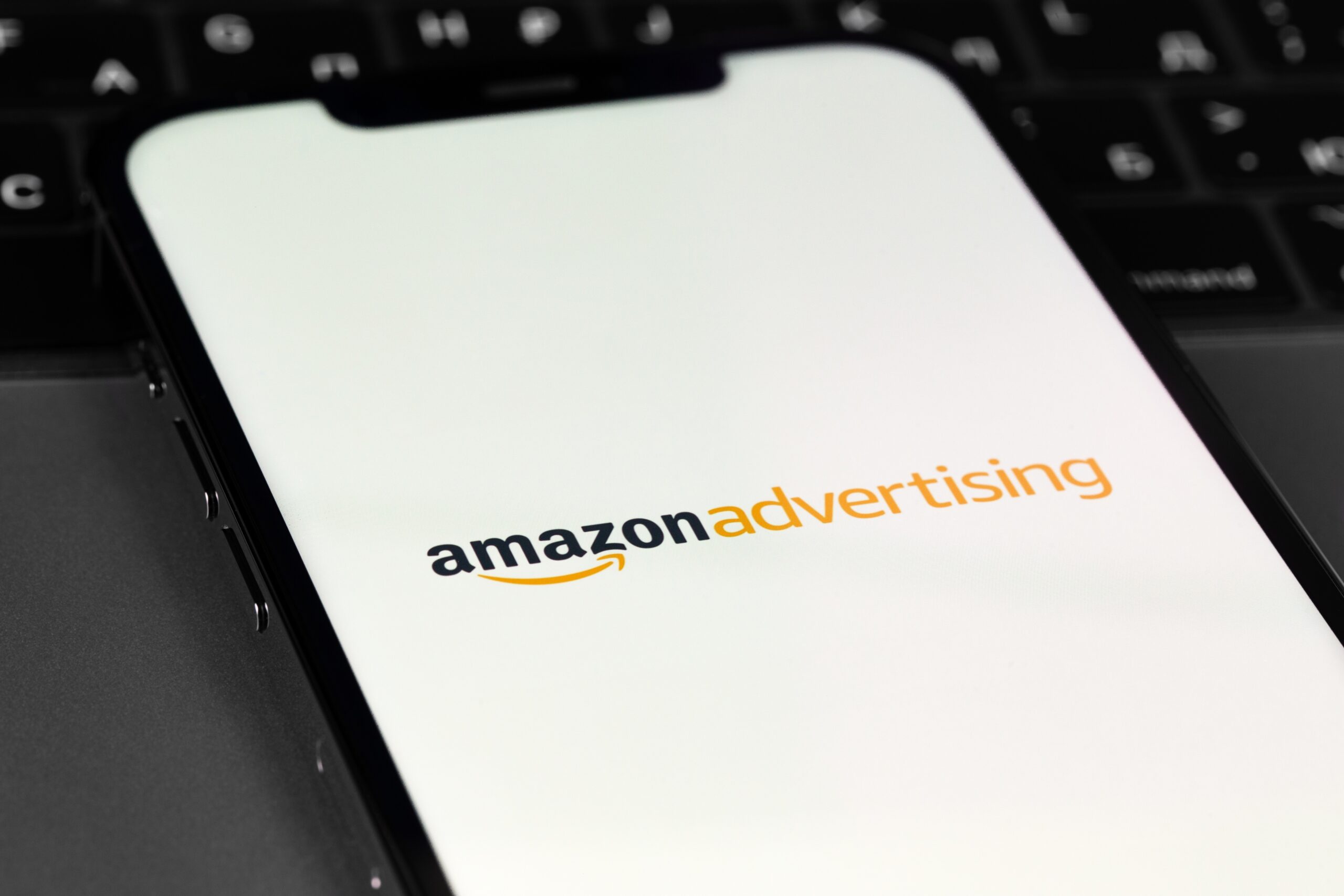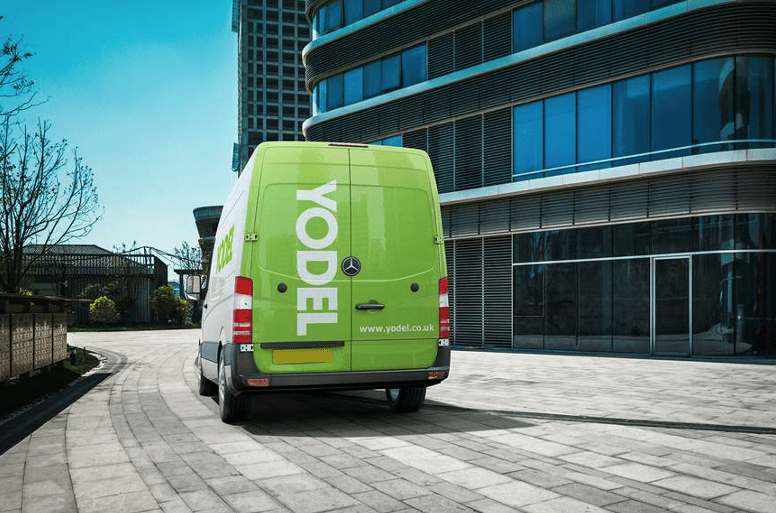Retailers often view returns as a cost burden. However, Blue Yonder, a Gartner Leader in end-to-end supply chain solutions, believes that returns are an untapped area that can offer retailers one of their biggest growth opportunities.
Mike Richmond, VP sales at Blue Yonder, talks to us about how retailers can transform returns into a competitive advantage through effective return strategies, supported by data, intelligent decisioning and end-to-end visibility.
What makes Blue Yonder return solutions different from traditional returns?
At Blue Yonder, we understand that returns are an inevitable part of commerce – but have proven that when managed correctly they can be more than just a burden to retailers. By creating an effective returns solution that can optimise and manage the entire returns journey, we turn returns into a competitive advantage that delights customers and drives revenue and growth. That’s why I love this space.
With a complete end-to-end returns solution, we cover every aspect of the returns process, from customer initiation, returns orchestration (the rules you use to manage what happens to each return), processing and drop-off networks with self-service kiosks. Across the journey, our solution enables automated data-led decisions and tailored processes to ensure each item is routed back to the right place at the right speed based on its individual circumstances. This approach ensures maximum stock availability and efficiency, while minimizing wastage. What’s more, the solution also captures and provide retailers with the returns-specific data and insights to aid growth across all departments, including marketing, customer-experience and procurement.
Many retailers view returns as a negative. Why should they view effective return strategies as an opportunity for business growth?
Effective return strategies go beyond cutting costs. Used right, returns offer retailers great opportunities to recover and grow revenue. This could be through the same customers: exchanges, encouraging customers back into stores, offering future promotions or discounts and increased loyalty; or through new customer sales: faster processing of returned goods for resale and better inventory visibility for stock availability.
As I mentioned before, great returns help build customer loyalty. When customers have a good returns experience, 92% will purchase again, improving lifetime value. But if they have a bad experience, they are more likely to abandon your brand and shop elsewhere. And if they leave a bad service review, that experience can have a knock-on effect to other customer sales opportunities too.
Returns also provide an amazing wealth of customer and product insight – all of which can positively impact bottom line growth. Every return tells a story. By harnessing the data about why products are returned, and by who, retailers will be able to make strategic decisions across every aspect of the business. This could be anything from adjusting sizing guides if a product is getting a lot of returns around the fit, to changing materials and packing methods, choosing different suppliers, or guiding product improvements.
What is the most challenging aspect of returns that retailers need to get right?
Retailers struggle to provide returns processes that work across all types of returns and customers. Too often, retailers apply blanket approaches, like charging return fees, as a monetary fix to high return costs. However, ultimately, these approaches don’t fix the core issues.
Retailers need to move beyond one-size-fits-all returns solutions. Instead, they need to tailor processes to suit the item, customer, return reason, condition, and so on. Using individual item data, effective return solutions can automatically route returned items using the most efficient path. Broken items can be directed for repair, out-of-policy items can be refused, and high-demand items can be prioritized for faster restocking. This requires a system that enables clear visualization and management of returns rules to streamline the entire process, reduce manual intervention, and ensure efficient handling of every return scenario.
Traditional, siloed approaches to returns management fail to capture the full impact on your business. Returns affect everything from customer acquisition and marketing efforts to customer service interactions, inventory levels, and warehouse operations. In my experience, piecemeal solutions simply don’t have the power or sophistication to drive the significant impact that retailers need.
Can better returns strategies also help improve sustainability for retailers?
The more returns that can be resold, the less that end up in landfill. With efficient return strategies, retailers can prioritise items for resale to allow for faster restocking and repair of popular items. This helps recapture revenue, significantly decrease waste, increase a product’s lifetime, and contribute to a more circular economy.
More effective routing options will also decrease miles driven, reducing CO2 emissions. For example, instead of a return going to a warehouse for processing before being sent to repair, damaged items can be routed directly to repair, removing a leg of the journey.
In addition, providing a digital returns portal for customers to register returns removes the need to provide paper return labels in parcels, preventing tonnes of paper waste and associated costs.
What makes a good returns experience for customers, and how does this drive growth?
To me, good returns are all about making the process easy, convenient, and transparent. This is achieved by providing simple initiation and drop-off methods, clear communication, and speedy resolutions.
Our research found that 47% of merchants still require customers to contact customer services to start the return process, which is a frustrating experience for consumers and a waste of resources for retailers. With a digital portal that connects to order data, customers can register returns in a few clicks and be presented with convenient drop-off locations. Pairing this with in-store self-service solutions, like our drop-off kiosk, customers can return their item in less than 60 seconds without interacting with a staff member, providing the best experience possible and reducing the staff resources dedicated to returns both in-store and in the head office.
The better experience you give your customers, the more likely they’ll be to come back and spend more with your brand. As that golden rule says, it’s far cheaper to grow an existing customer than to find a new one.
Ultimately, an effective end-to-end returns solution goes beyond cost reduction. It fuels growth by maximising revenue recovery, improving operations, and fostering stronger customer relationships that drive lifetime value.
Find out more about Blue Yonder and how they can drive growth through effective return strategies here
Blue Yonder also provide a partner perspective in the soon-to-be-published DeliveryX Returns 2024 report. Pre-register now and the report will be delivered straight to you inbox on release.
The second annual report will look at how returns are, more than ever, inevitable but manageable. It will harness ConsumerX research to see how charging for returns has impacted customer loyalty. Advancing technology will be put under a spotlight, both for minimising returns and limiting the environmental impact of reverse logistics.








